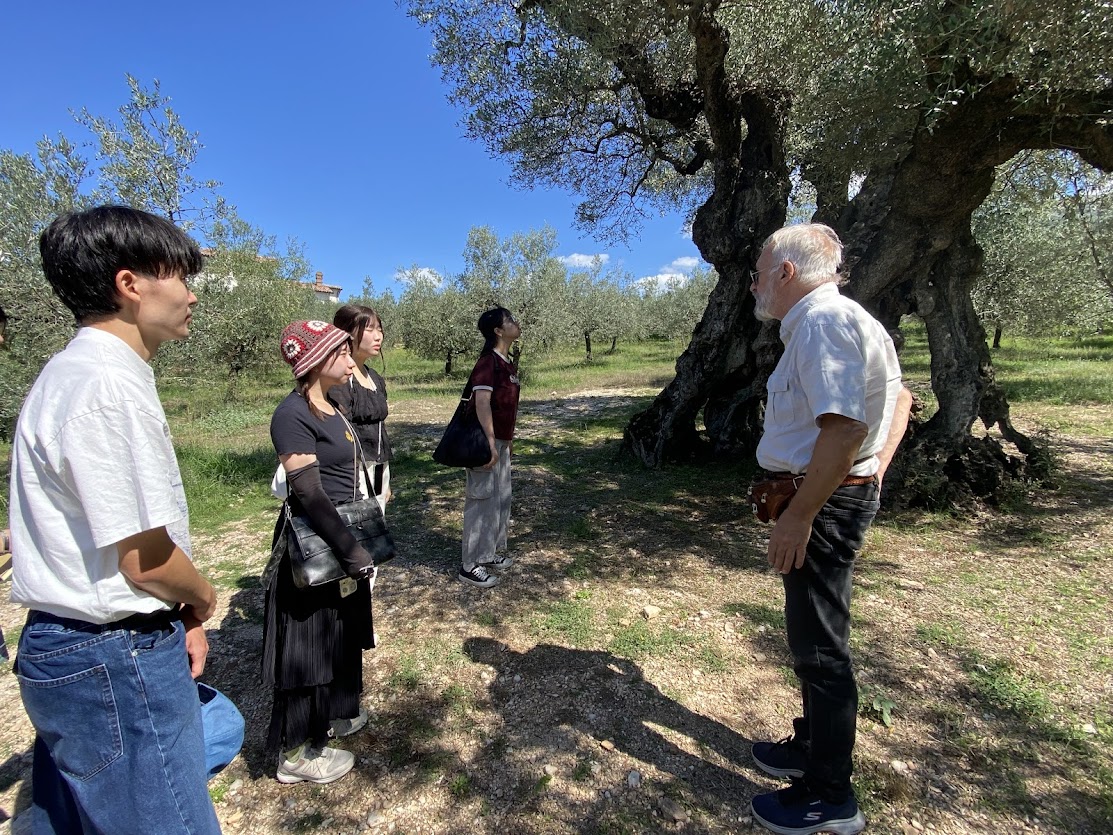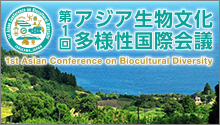On September 2 to 8, 2025, five university students from Ishikawa Prefecture traveled to Rome and Umbria in Italy as part of the Globally Important Agricultural Heritage Systems (GIAHS) International Study Programme. The students deepened their understanding of agricultural systems in Italy’s GIAHS-recognized region and learned about the United Nations’ initiatives that address global food issues. Co-hosted by Ishikawa Prefecture and the United Nations University Institute for the Advanced Study of Sustainability Operating Unit Ishikawa/Kanazawa (UNU-IAS OUIK), this program aims to cultivate next-generation leaders who address sustainability and resilience challenges from an international perspective. This training programme was held at a crucial time for Noto region of Ishikawa Prefecture, one of the Japan’s first areas designated as GIAHS in 2011, as it works toward recovery from the devastating earthquake and heavy rain that occurred in 2024. Through this programme, students who are originally from Noto or those studying in Ishikawa Prefecture are expected to learn about the Noto region’s current situation and challenges, as well as gain an international perspective which will contribute to solving the challenges faced by the Noto GIAHS.
Visit to the Headquarters of UN Agencies in Rome
The programme in Italy began with a visit to the headquarters of UN agencies in Rome. First, the students visited the International Fund for Agricultural Development (IFAD) and attended lectures about its mission and activities. After listening to the lectures on poverty reduction in rural areas and the empowerment of women, youth, and indigenous people, the students reflected on the challenges Noto faces and asked questions in the context of post-disaster recovery. These discussions deepened their understanding of the importance of increasing women’s and youth’s involvement, as well as the value of the traditional knowledge cultivated by local residents. Next, we visited the United Nations World Food Programme (WFP). By touring the facilities and attending a lecture, they learned about the WFP’s humanitarian assistance activities, emergency food aid, and resilience-building efforts in conflict zones. The students were deeply impressed by the WFP’s emergency relief efforts in conflict zones and other areas. They gained an understanding of international issues, such as the growing impact of climate change and how global circumstances affect food assistance. They also developed a deeper grasp of the challenges to food security.
Next, we visited the Food and Agriculture Organization of the United Nations (FAO), the organization responsible for GIAHS designation. There, we received a lecture about GIAHS from Jeremie Mbairamadji, Senior Coordinator of the GIAHS Secretariat. We learned about the initiative’s overall vision and challenges. After that, students from Ishikawa Prefecture presented on Noto’s sustainable food culture, traditional knowledge, and disaster recovery efforts. From their youth perspective, participants presented the insights they gained, as well as the challenges and solutions they identified, from the lectures and Noto field study conducted under this program prior to the visit to Italy. This provided a valuable opportunity to receive direct feedback from FAO staff. Afterwards, a staff member gave us a tour of the FAO facilities, deepening our understanding of the organization’s founding and history.
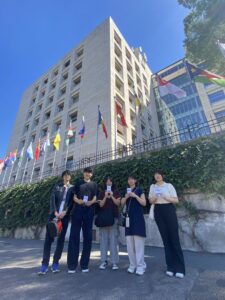
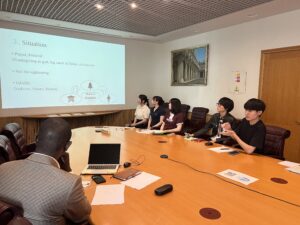
Experience Italy’s GIAHS in Umbria
The training continued in Umbria, a region renowned for its agricultural heritage systems. The area is home to a GIAHS site known as the “Olive Groves of the Slopes between Assisi and Spoleto”. First, we stayed on a farm and participated in various activities, such as planting vegetable seedlings, feeding the chickens, and harvesting vegetables. Students also gained a deeper understanding of the farm’s chemical-free olive cultivation practices. Next, Dr Saverio Pandolfi gave lectures on the characteristics of olive trees and oil production in Umbria, agricultural history of olive cultivation, traditions, and about the olive tree disease which spread in the Mediterranean region. This was followed by a tasting of several olive oils. Students gained insights into sustainable agriculture and branding. This included understanding that olive oil comes in many varieties, qualities, and flavors, and that maintaining diverse genetic strains is important for controlling diseases. We also visited a thousand-year-old olive tree in an olive grove, toured an olive oil production facility and museum, and learned more about olive cultivation, the region’s traditions and history, and its connection to food culture.
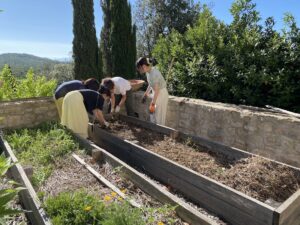
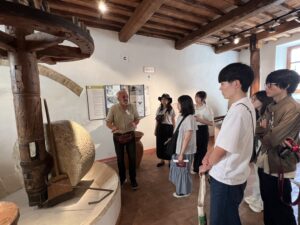
Based on the insights and perspectives gained from this training, the students will further develop their study aimed at overcoming challenges and supporting the recovery of the Noto GIAHS. They plan to present their findings at the final presentation in November.


